Programming Concepts
Patching pages
|
You are familiar with textual programming and are missing some of the basic concepts of your mother tongue in vvvv? Here is collection of common programming concepts and some hints to where you can find them in vvvv. If you're not a coder, check Patching Concepts. |
If you're missing a specific concept you can always implement a little plugin using the built-in VL or c# editors.
|
Classes, Custom Datatypes, Functions
 |
There is no concept of classes in vvvv. For basic structuring of your programs have a look at Subpatches. Subpatches can be understood as functions that take Inputs and return Outputs. There've been attempts to add further ways of structuring data into vvvv, see: |
Conditions
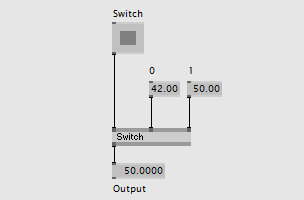 |
Looking for an if, switch, ...? See Conditions. |
Loops
 |
Where in textual programming you’d use a for, while or repeat construct to execute some lines of code multiple times before going on executing the rest of the program, this is not possible with vvvv. Basically vvvv avoids the concept of such sequential loops. Instead it often allows you to calculate all desired iterations at the same time using spectral operations. See Spread Sinks. |
Variables
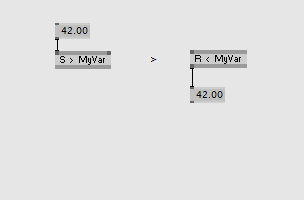 |
Global VariablesValues can be sent from one part of a patch to another (or between patches) using the S (=send) and R (=receive) nodes without making any direct links. The most common use case for S/R nodes is to deliver global constants to different parts of a project. See Send / Receive. |
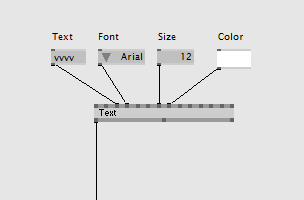 |
ConstantsIOBoxes can be used as constants, which are feeding manually adjusted Values (Colors, Strings...) for Inputs of the nodes and subpatches. See IOBoxes. |
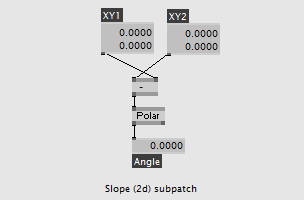 |
Input/Output ParametersNamed IOBoxes are used to create Inputs and Outputs for subpatches. They can therefore be understood as input and output parameters of functions. See Subpatches. |
Collections
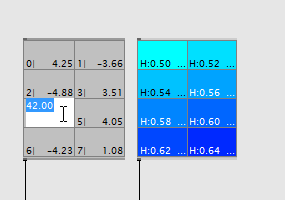 |
Looking for an Array, List, ...? See Spreads. |
Data Storages
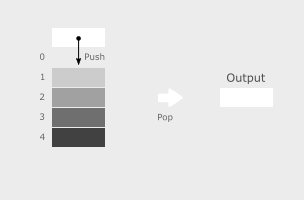 |
Looking for a Buffer, Stack or Queue? See Spread Collections. |
Null
 |
An empty Array or List in textual language is Nil in vvvv. See NIL. |
State Automatas
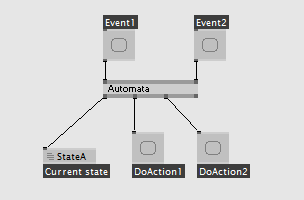 |
When patching anything that can be separated into a series of states and events that cause transition from one state to another you are likely looking for Automata (Animation). Also the Timerliner has an automata built in. See also: |
anonymous user login
Shoutbox
~7h ago
~8d ago
~16d ago
~1mth ago
~1mth ago
~1mth ago
~2mth ago
~2mth ago


